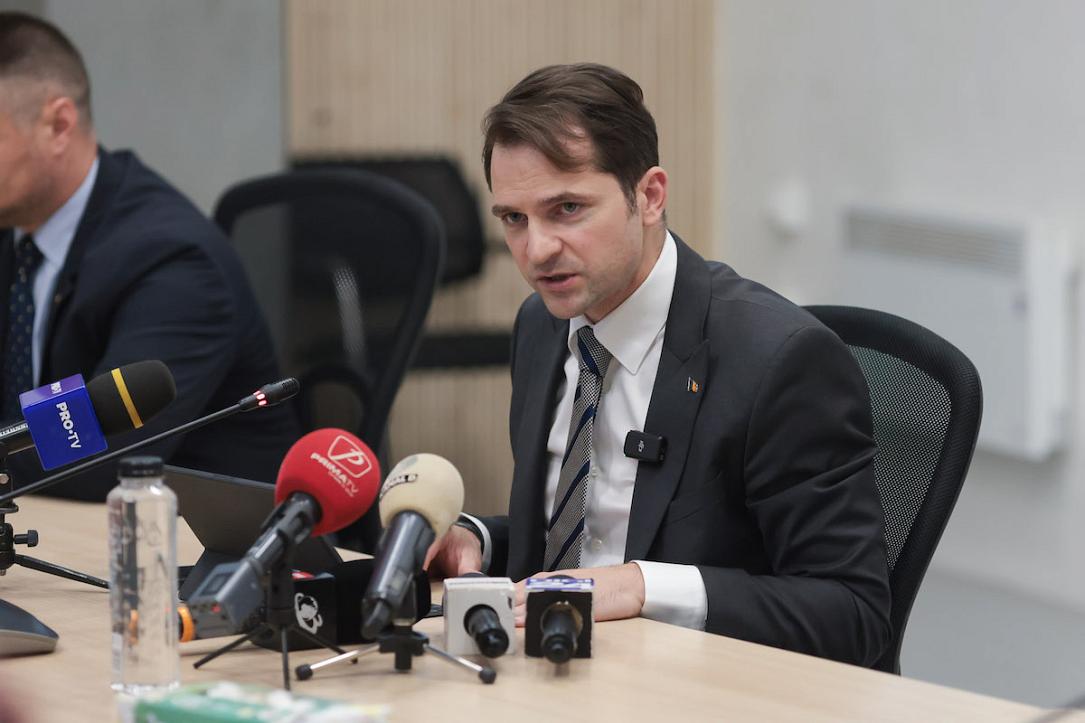Romania maintains plan to double electricity production by 2032, energy minister says



Romania maintains its assessment that by 2032 it will double its electricity production and become a major energy exporter in the region, energy minister Sebastian Burduja said. For this, he added, "a smart energy transition is needed, which uses all of Romania's sources and resources to generate as much energy as possible."
Romania is currently producing 7,117 MW, with a diverse energy mix that includes fossil fuels, nuclear, hydro, wind, solar, biomass, and storage.
Minister Burduja highlighted the increasing role of energy storage, noting that recent developments have pushed storage capacity beyond biomass. Romania expects to surpass 1,000 MWh of installed storage capacity this year, supported by an EUR 80 million investment from the National Recovery and Resilience Plan (PNRR) and an additional EUR 300 million from the Modernization Fund.
Coal remains a significant part of Romania's energy mix, ranking second after natural gas with over 1,505 MW, the minister also said.
Burduja emphasized that coal-fired power plants will not be phased out without equivalent replacement capacity. In the coming years, these plants will be replaced by gas-fired power stations, leveraging Romania's increased gas production from offshore fields like Neptun Deep and onshore sites such as Caragele. Over the long term, gas plants are expected to transition to nuclear power, including small modular reactors (SMRs).
In addition, Romania is also expanding its renewable energy sector, currently generating 844 MW from wind and 245 MW from solar power, excluding contributions from prosumers. The government's strategy includes investments in wind and solar power, storage, and hydro projects to ensure energy availability even when solar and wind conditions are unfavorable.
To support the projected doubling of electricity production, Romania has launched "its most ambitious energy investment program in 35 years," minister Burduja also said. It includes over 10,000 MW of new solar and wind capacity, 3,500 MW of gas-fired power, 2,200 MW of nuclear energy, at least 500 MW from completing existing hydropower plants, and 1,000 MW from new pumped-storage hydropower projects. Battery storage will also be expanded to 1,000 MW.
Sebastian Burduja underscored the importance of an "all-of-the-above" approach, leveraging all available energy resources to enhance energy security, lower costs for consumers, and improve the competitiveness of Romanian businesses. With these developments, Romania aims to secure its energy independence and establish itself as a key player in the regional energy market by 2032.
irina.marica@romania-insider.com
(Photo source: Inquam Photos/George Calin)